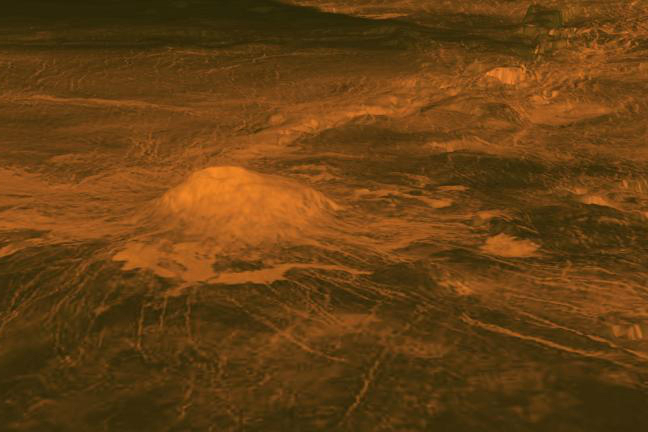
High temperatures, caustic environments, and extreme pressures tend to cause problems for computers, and that’s something that NASA is close to solving for one of our solar system’s harshest environments, Venus.
As researchers at NASA’s John H. Glenn Research Center point out in a new paper, Venus has made it impossible for computers to survive for long on its surface due to temperatures exceeding 460 degrees C and pressures exceeding 9.4 MPa. Such an environment is particularly hard on integrated circuits (ICs), limiting the time that a Venus lander can function on the surface to only a few hours even with relatively massive cooling and pressure solutions.
In order to make a trip to Venus valuable, however, landers need to be able to survive for a prolonged period. Long-term atmospheric and seismic activity data is what’s needed on such a trip, to answer a variety of questions about how Earth and other planets in the solar system were formed, and that kind of data takes weeks and months, not hours, to gather.
And it’s not just pressure and high temperatures that are the problem. There’s also the sulfuric acid in the clouds and on the surface that are of concern. Simply put, today’s interconnections between chips simply can’t handle the environment, and of course today’s computers are multi-chip affairs.
In response, the NASA Glenn researchers have created ICs with ceramic packaging that have lasted for more than 40 days at 500 degrees C. After further tests intended to simulate the Venus environment were conducted, it was confirmed that the new designs and materials were able to survive for far longer than previous versions — indicating that it’s possible to make computers that can last for multiple days and weeks even in such a harsh environment.
The paper is full of the kinds of technical details only a rocket scientist would appreciate, and if that’s you then by all means delve into its fascinating facts and figures. For the rest of us, it’s enough to know that NASA is succeeding in creating computers that can survive on Venus, making a long-term mission on that planet a less remote possibility.
Editors' Recommendations
- Watch NASA’s capsule with asteroid samples hurtling to Earth
- Remarkable imagery shows NASA probe as it’s hit by a solar storm
- NASA’s Artemis I launch called off due to tropical storm
- NASA’s Psyche spacecraft almost ready for launch to weird metal asteroid
- NASA’s observatory on a plane, SOFIA, will fly no more



